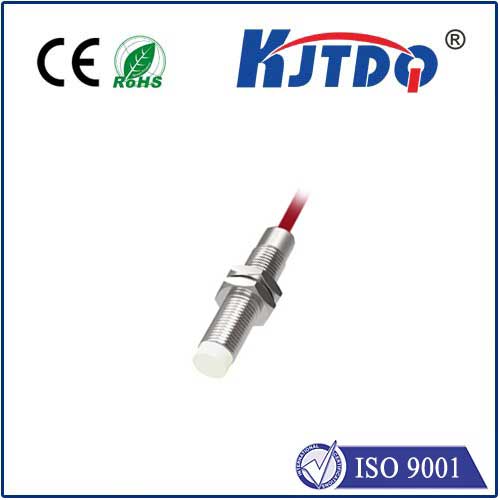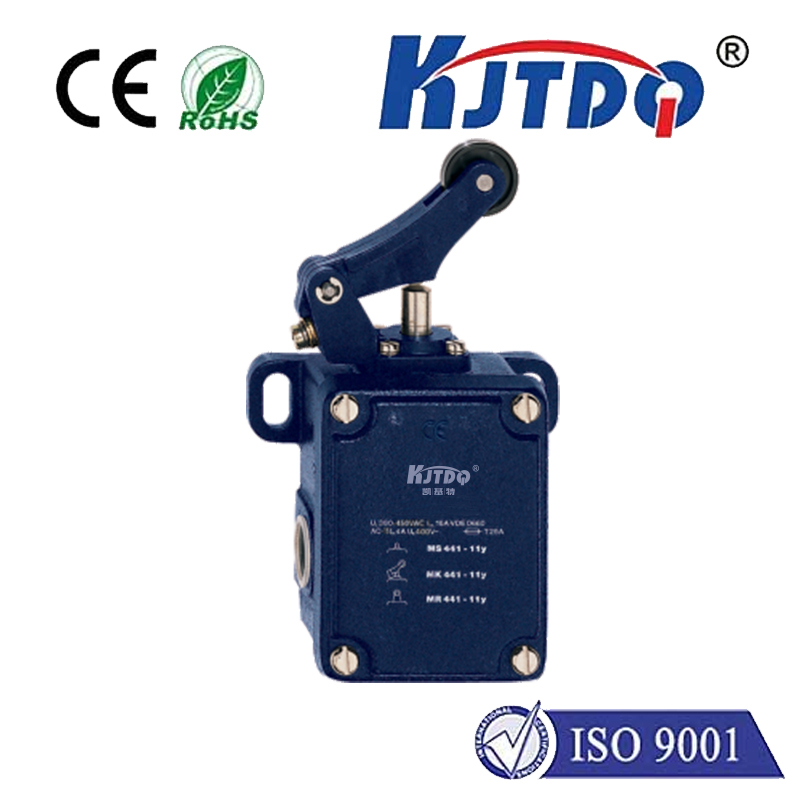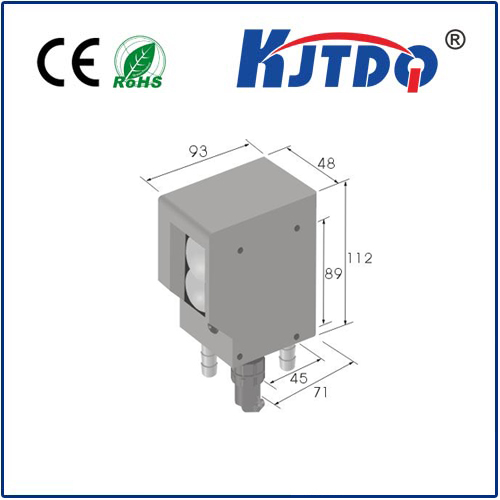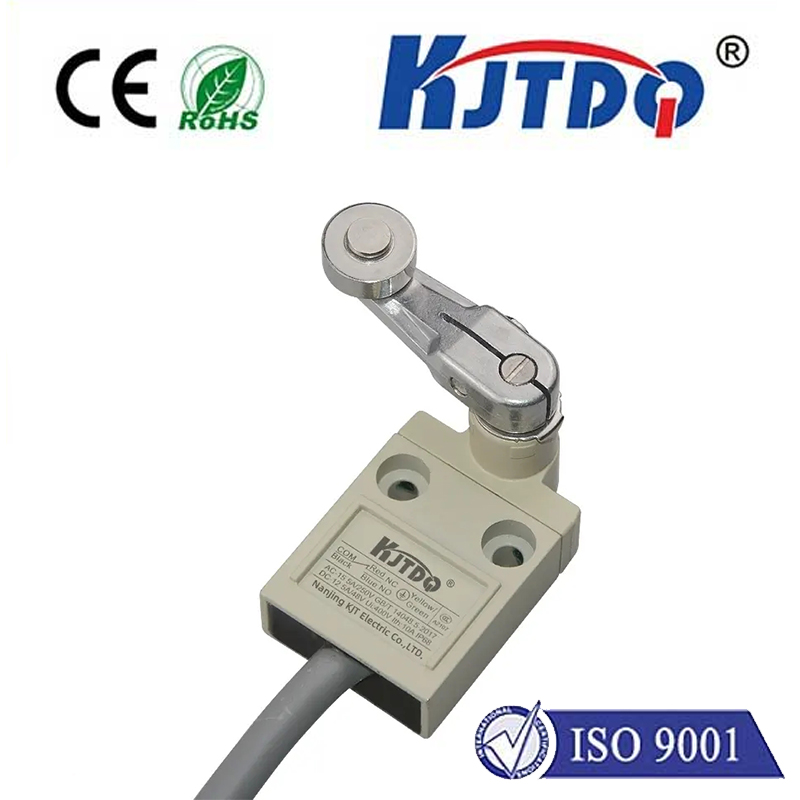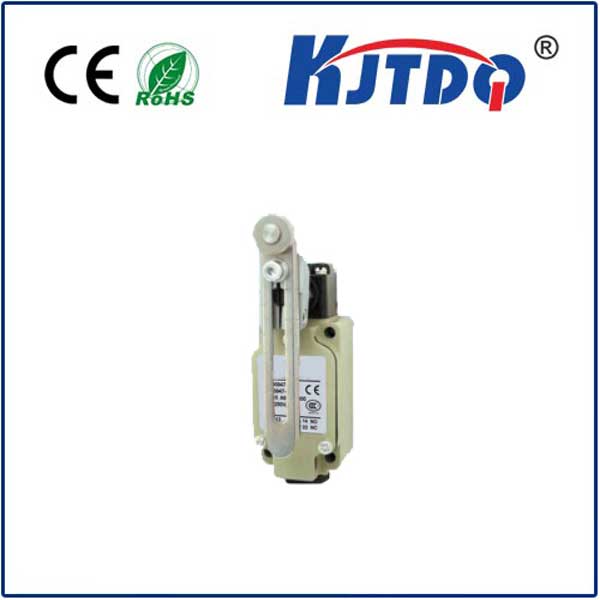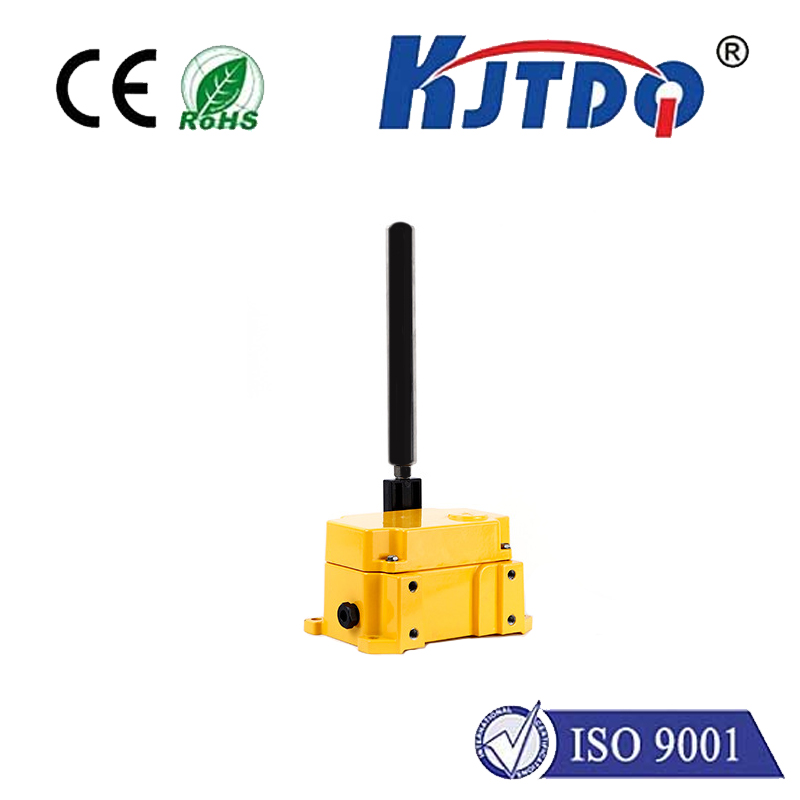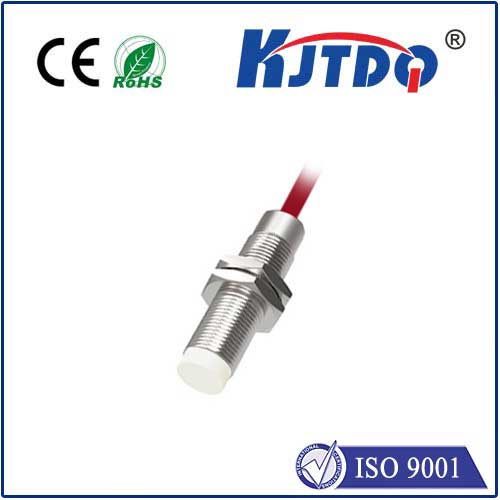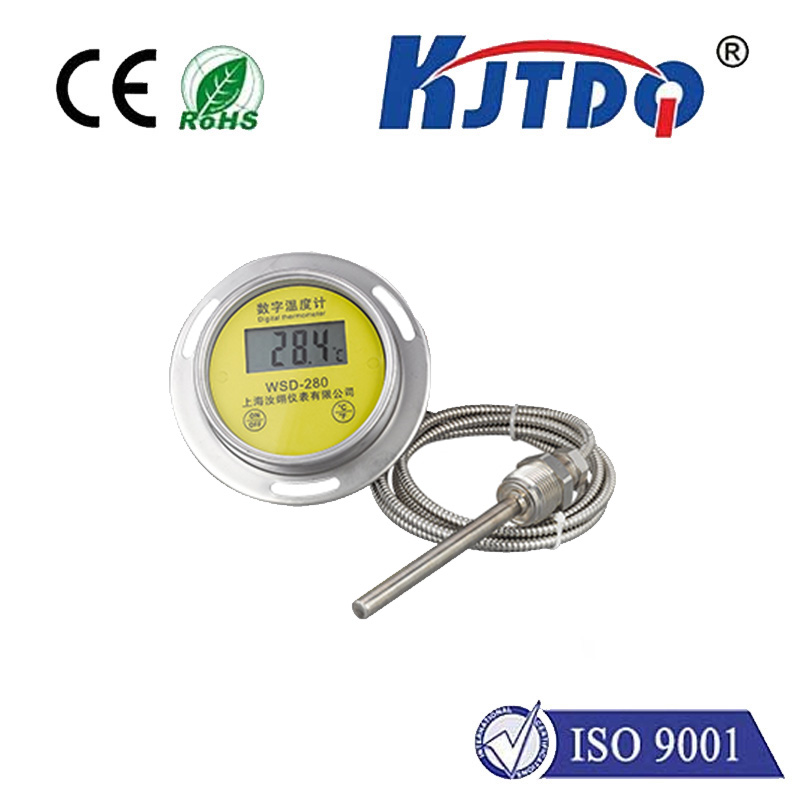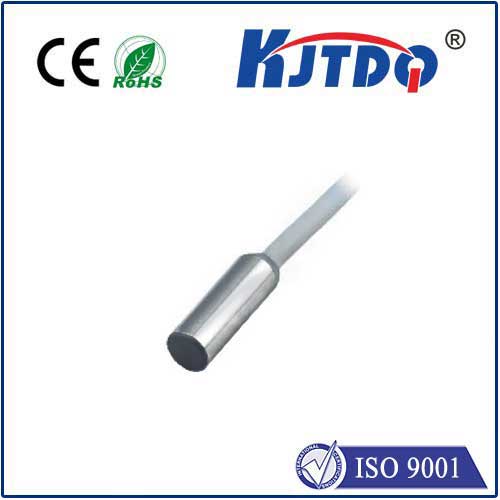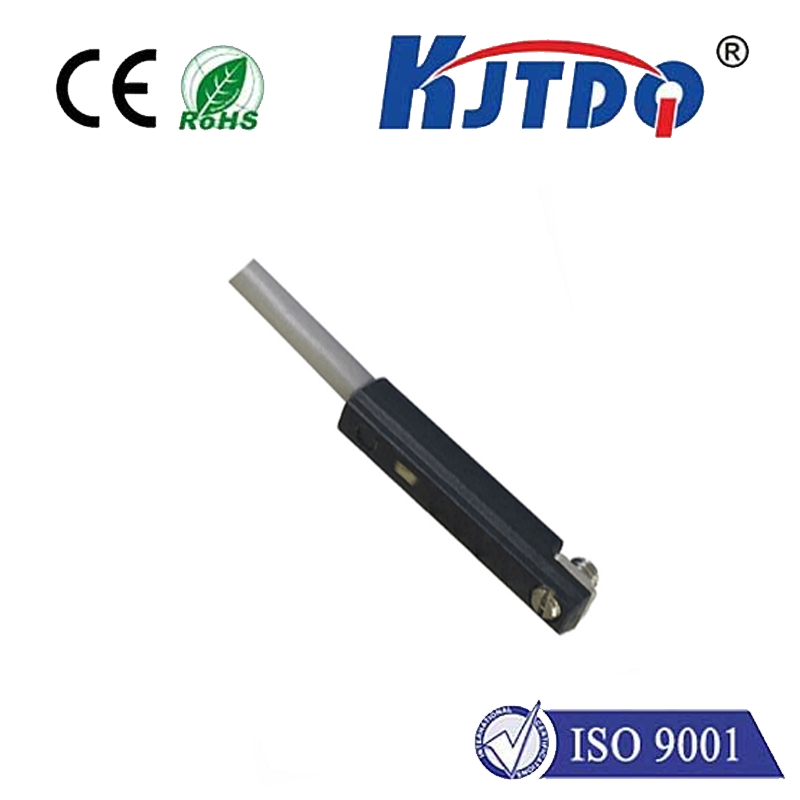automotive temperature gauge
- time:2025-08-24 04:15:30
- Нажмите:0
Your Automotive Temperature Gauge: The Unsung Hero Protecting Your Engine from Disaster
Imagine cruising down the highway when suddenly, you notice a wisp of steam escaping from under your hood. Your heart skips a beat. Now, glance down at your dash: is your automotive temperature gauge creeping dangerously high? That small dial or digital readout often goes unnoticed, yet it holds critical information about the lifeblood of your vehicle – your engine’s health. Understanding and respecting this vital gauge isn’t just about preventing inconvenience; it’s fundamental to safeguarding your engine from catastrophic, costly failure.
Far more than just another indicator, your automotive temperature gauge is the primary interface communicating your engine’s coolant temperature. This seemingly simple measurement reflects a complex thermodynamic balancing act. As your engine operates, burning fuel generates immense heat. The cooling system, a network involving the radiator, water pump, thermostat, hoses, and coolant (antifreeze mixture), works tirelessly to absorb this heat and dissipate it efficiently. The temperature gauge directly monitors the coolant temperature flowing through the engine block and cylinder heads.

Interpreting the gauge’s position is crucial. While designs vary (analog needles, digital bars/numbers, or even simple warning lights), the principle remains consistent:
- Cold/Cool (Often marked “C” or blue): Indicates the engine is below its optimal operating temperature. This is common during startup, especially in cold weather. Driving hard while the engine is cold increases wear due to thicker oil. Allow a brief warm-up period (typically 30-90 seconds of idling or gentle driving) for oil circulation before demanding high performance.
- Normal Operating Range (Usually the mid-point or slightly below): This is where your engine wants to be, typically between 87°C and 100°C (approx. 190°F to 212°F) for most modern vehicles. In this zone, combustion efficiency is high, emissions are controlled, and lubrication is optimal. Seeing the gauge consistently sit steadily in this zone is ideal.
- Hot/High (Often marked “H” or red): This is a critical warning. Temperatures exceeding the normal range, especially climbing towards the red zone or beyond 107°C (approx. 225°F), signal engine overheating. This requires immediate attention to prevent severe damage. Ignoring this warning is never an option.
When the needle climbs or a warning illuminates, don’t panic, but act decisively:
- Turn Off the Air Conditioning: This reduces immediate engine load and heat generation. Roll down windows instead.
- Turn On the Heater (Full Blast): This might seem counterintuitive, but it engages a small auxiliary radiator (the heater core), helping dissipate some engine heat into the cabin.
- Safely Pull Over: Find a secure spot to stop as soon as possible. Do not continue driving with an overheating engine. Continuing risks warping cylinder heads, blowing head gaskets, damaging pistons and rings, or even seizing the engine entirely – repairs often costing thousands.
- Turn Off the Engine: Shut down the power source to stop generating heat. CAUTION: Do not immediately open the radiator cap on a hot engine! System pressure can cause boiling coolant to erupt violently, causing serious burns. Let the engine cool completely (at least 30-45 minutes) before carefully checking coolant levels.
- Assess (After Cooling): If coolant level is low in the overflow reservoir (and only when cool), you can carefully add a 50⁄50 mix of coolant and water to the reservoir. Attempting to refill a hot radiator is extremely dangerous. If levels seem adequate or the problem recurs quickly, professional diagnosis by a qualified mechanic is essential.
The gauge itself can sometimes malfunction, giving false readings. Common issues include a faulty coolant temperature sensor (sending unit), problems with the gauge or its wiring, or a failing instrument cluster. However, never assume a high reading is false without verification. Treat every overheating warning as real until proven otherwise through safe diagnosis. If the gauge consistently reads cold or fluctuates wildly when the engine feels hot, that too indicates a problem needing investigation.
Preventative maintenance is your best defense against temperature gauge emergencies:
- Regular Coolant Flushes & Replacements: Coolant degrades over time, losing its anti-corrosive and anti-boil properties. Adhere strictly to your vehicle manufacturer’s recommended coolant change intervals (usually every 2-5 years or 30,000-100,000 miles). Use the correct type specified in your owner’s manual.
- Radiator Cap Check: This simple component maintains system pressure, raising the boiling point of the coolant. A faulty cap can lead to overheating or coolant loss. Replace it per the maintenance schedule.
- Inspect Cooling System Components: Regularly (or have your mechanic do it) look for signs of coolant leaks (puddles, dried residue), worn or cracked radiator hoses, and ensure the radiator fins aren’t clogged with bugs or debris. Clean them gently if necessary.
- Thermostat Health: The thermostat regulates coolant flow. If it gets stuck closed, coolant won’t circulate to the radiator, causing rapid overheating. Stuck open, the engine takes longer to warm up and may run too cool, reducing efficiency and increasing wear. Replace it if faulty or as preventative maintenance.
- Water Pump: Look for coolant leaks at the pump’s weep hole – a sign of impending failure. A failing pump won’t circulate coolant effectively. Listen for unusual bearing noises.
Your automotive temperature gauge truly is an unsung hero on the dashboard. It provides a real-time window into the intense environment where your engine operates. Ignoring its warnings is gambling with your vehicle’s most expensive component. By understanding its language, responding promptly to danger signals, and committing to consistent cooling system maintenance, you transform this simple gauge into a powerful ally. It empowers you to catch minor issues before they escalate, ensuring your engine runs reliably within its optimal thermal zone, mile after mile. Make glancing at your temperature gauge a regular habit – it could save your engine.

